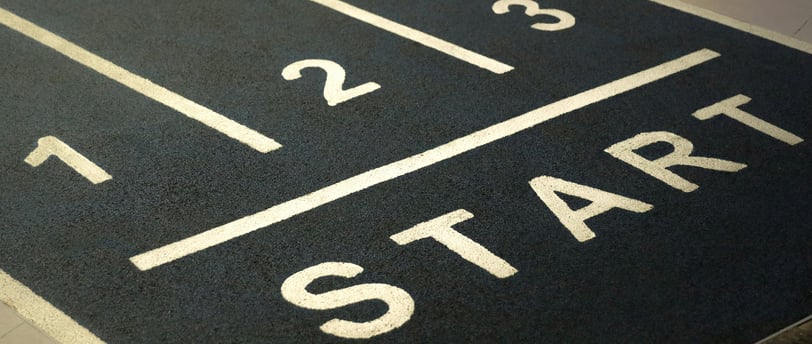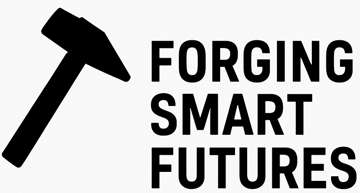Forging Smart Futures | Real Money Advice for Real People
Learn blue collar wealth building strategies, real money advice, and credit tips to help everyday people take control of their financial future. Earn more, keep more.
5/27/20253 min read


No Credit Is Not Good Credit: How I Learned the Hard Way (And What You Can Do Better)
About 20 years ago, I was ready to buy a new car—a Saturn Ion 3 with all the bells and whistles (which wasn’t much, but I was proud of it). At the time, I had no credit card debt, no car loan, and other than my mortgage—zero debt.
I figured I was in great shape.
Then the dealership ran my credit... and the loan officer gave me a look.
“Your score’s too low to qualify for a good interest rate.”
I was shocked.
I had no debt—how could I have bad credit?
Turns out, I didn’t have bad credit—I had no credit history at all.
And that, I learned the hard way, can be just as damaging.
Why No Credit Can Still Hurt You
Without a track record of borrowing and repaying money, lenders have no way to judge how “trustworthy” you are with credit. So they assume the worst.
I ended up getting an interest rate five times higher than what someone with “good credit” would’ve paid. It cost me thousands over the life of the loan—and it taught me a lesson I never forgot.
Start with This: Know Your Credit Score
Before you try to build or fix your credit, you need to know where you stand.
Check your score for free with:
Credit Karma – Tracks your TransUnion and Equifax scores
Experian – Often includes your FICO score
You can also check your credit score with Credit Sesame, which offers free monitoring and personalized tips to help you improve over time.
These tools help you:
See what’s on your report
Identify missed payments or inactive accounts
Spot errors that might be dragging you down
The 3 Credit-Building Tools I Wish I Knew About
If you’re starting from scratch—or starting over—here are the best first steps.
But here’s the thing:
Building credit is a marathon, not a sprint.
There’s no quick fix—but small, consistent actions over time add up to big changes.
🔒 1. Get a Secured Credit Card
A secured card works like a regular credit card, but you back it with a cash deposit—typically $200 to $1,000. That deposit becomes your credit limit.
You make purchases, pay off the balance, and the lender reports your activity to the credit bureaus.
My Story: Harley-Davidson® Secured Visa
When I finally understood how credit worked, I got the Harley-Davidson® Secured Visa.
I put down $1,000—my own money—and used the card responsibly for a full year. After 12 months, I was eligible to get that deposit back, and my credit had improved significantly.
How it works:
You send a deposit (e.g., $1,000)
That becomes your credit limit
You use it like a normal card and pay on time
After 12 months, it can graduate to an unsecured card
It’s backed by U.S. Bank, has no annual fee, and reports to all three bureaus.
→ [See full details in our Secured Cards Post](#)
💼 2. Try a CD-Backed Loan
Here’s how it works:
You open a certificate of deposit (CD) at a credit union like [PenFed](https://www.penfed.org) or [Navy Federal](https://www.navyfederal.org)
Then take out a small loan against that deposit
Make regular payments, and they report that activity to the credit bureaus
Choose a 12–24 month term for the best credit-building results.
→ [Learn how to build credit with a CD loan](#)
🧰 3. Use a Credit Builder Account
These are low-risk accounts designed for people starting out:
You “borrow” a small amount held in a locked savings account
You make monthly payments over 6 to 24 months
Once paid off, the money is yours—and your credit is stronger
They’re great if you don’t qualify for a traditional card or loan yet.
→ [Explore credit builder cards and apps](#)
You’ve Got This—One Step at a Time
Credit can feel like a gatekeeper—but it doesn’t have to be.
You don’t need perfect timing, or a massive income, or a clean history.
You need a plan.
And a willingness to take consistent steps, even small ones.
I’ve lived the frustration of getting it wrong.
Now, I’m here to help you get it right—**without shame, without scams, and without wasting another year.**
Start Now:
Check your score
Pick one tool above
Track your progress in [The Real Money Reset Kit](#)
Let’s forge a smarter future—together.
